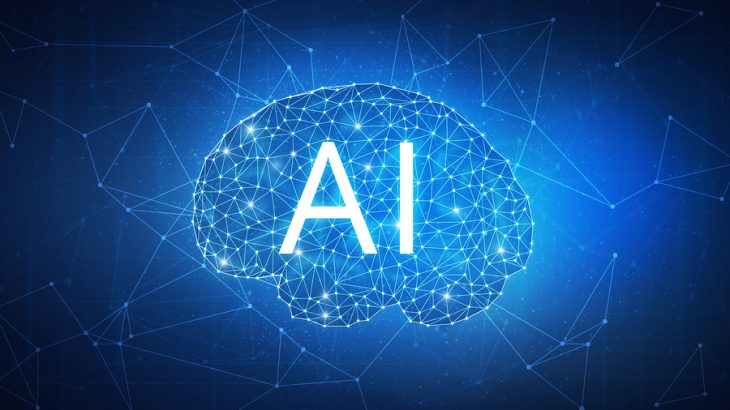
OTTAWA – Smart phones and social media have changed the way we communicate and connect with each other. Artificial intelligence will change the way we function.
By 2030, the world will be almost fully digitized, according to Carole Piovesan, the in-house AI expert at international law firm, McCarthy Tétrault. It will be a world “steeped in predictive analytics, in super-computing power and machine-learning algorithms that underpin the majority of human decisions, and in some cases, even replaces it,’ she said at a panel discussion on AI in Ottawa on Thursday as part of the annual conference of the Canadian chapter of the International Institute of Communications.
“By 2030, the predictions suggest wearables will be commonplace, and that each individual will produce something in the realm of over 5,200 gigabytes of data on her own; where somewhere between 20 or 40% of today’s jobs will be automated – but fear not, will be replaced by other jobs that we may not necessarily be aware of today. Where decisions will be intensely data-driven, and where tech dominates all sectors.”
Piovesan, who moderated the panel, said that AI would account for 14% growth in GDP, or the equivalent of $15 trillion.
The telecommunications and the media sector are “forerunners of changing and using artificial intelligence,” she explained. “They’re doing so both for operational efficiencies as well as [for] revenue-generation opportunities, better targeting their clients and customer base.”
Canada’s media is embracing AI, as panelist Naomi Goldapple explained.
Radio-Canada has worked with Montreal-based firm, Element AI, to match photographs with online stories, for example. The solution was to use natural-language processing to read the article, “pick out the sentiment and themes of that story, and then automatically find images that would be appropriate for that article,” said Goldapple, who serves as Element AI’s director of industry solutions.
To test the intuitive-technology application, journalists would review the selected pictures and choose the best one, which also informed the AI system as to whether it was finding the right fit.
As Goldapple explained, AI systems can not only identify objects and pictures, but in relation to other things in a picture.
A class of AI algorithms known as generative adversarial networks (GANs) can actually produce images based on a text description of what is desired. AI firm, DeepMind, which has research centres in Montreal and Edmonton, has created a technology called WaveNet, which can generate speech that can mimic any human voice in a more natural way than existing text-to-speech systems.
But there are definitely limits as to what AI can do at the moment.
“We can teach a system to do something and it will do that something very, very well if we give it many, many examples on to how to do it,” said Goldapple. “But it can’t do very complex tasks and it can’t assess the context of places like humans do today.”
AI can also miss nuances and get lost when translating languages.
Still, it resulted in a further opportunity for Radio-Canada in its collaboration with Element AI to properly place online stories by theme or location.
“You have to monitor it, retrain and make sure that people are watching the data so it doesn’t start to stray very far away from what you trained it on.” – Naomi Goldapple, Element AI
“The challenge was that this is news that is constantly changing,” said Goldapple. “When we started this, Obama was still in power, so there was a bunch of names and context around the Obama administration. Once Trump was elected, [the system] didn’t recognize the different names and context. So we had to retrain it on a bunch of newer articles so that it could learn those and be able to categorize correctly.”
“Once we put them in, these systems are not like traditional software where [we] write a bunch of rules, give you a program and it does that for the next 30 years. It constantly changes, evolves and learns, so you have to monitor it, retrain and make sure that people are watching the data so it doesn’t start to stray very far away from what you trained it on.”
Corus Entertainment is also using AI to modernize its operations, its president and CEO told the IIC audience.
One way is to cross-promote shows across its networks, according to Doug Murphy. AI was used to promote the fall 2018 season launch of Chopped: Grill Masters on the Food Network. “We had the same amount of tune-in with 85% less [commercial] inventory, which liberated inventory that I could use for other promotions,” he said.
The media company has also employed IBM Watson’s video-contextualization algorithm to search online stories posted by Corus’ Global News and match content with potential advertisers. For instance, a piece on diets could be tied to ads for weight loss, food and drink, or health and fitness.
“Sharing data, in privacy-compliant ways, is a very smart business decision,” Murphy said.



